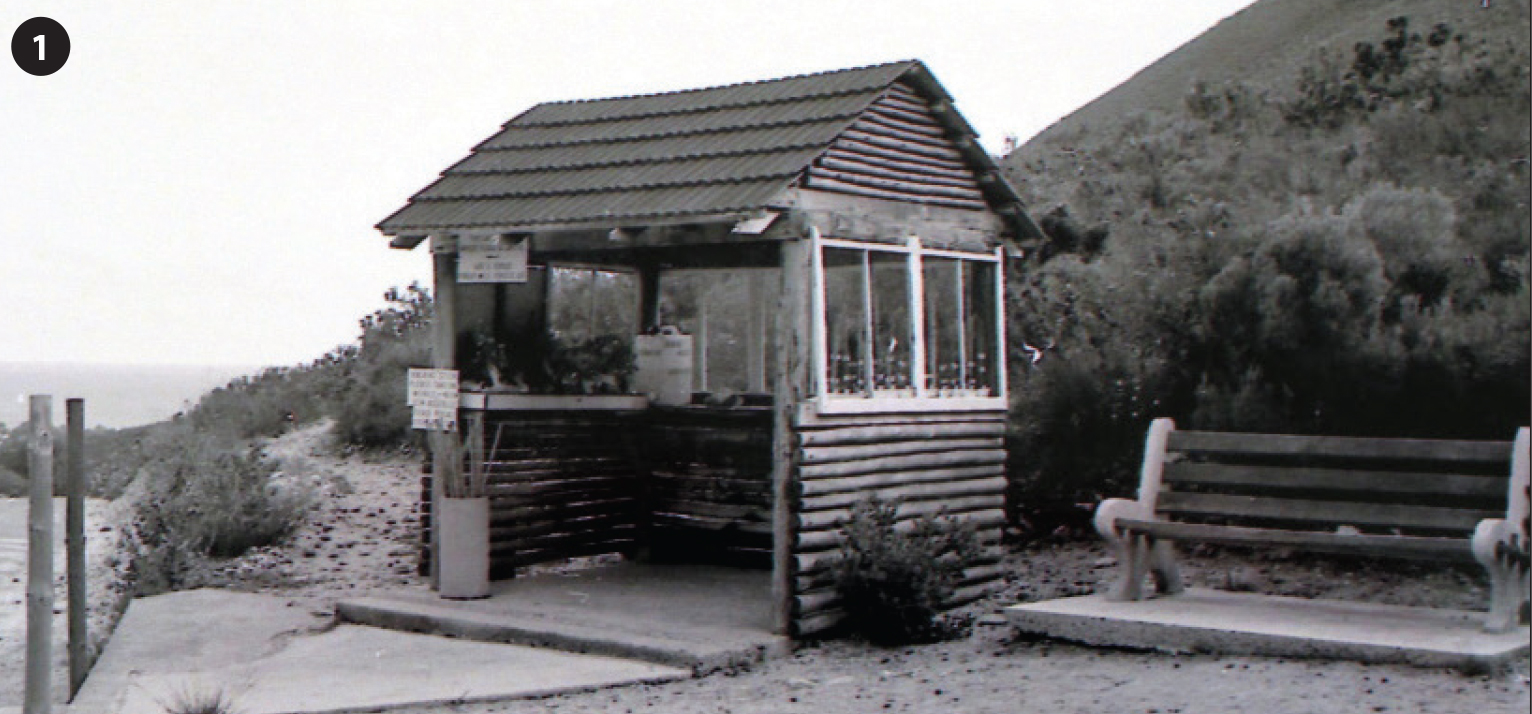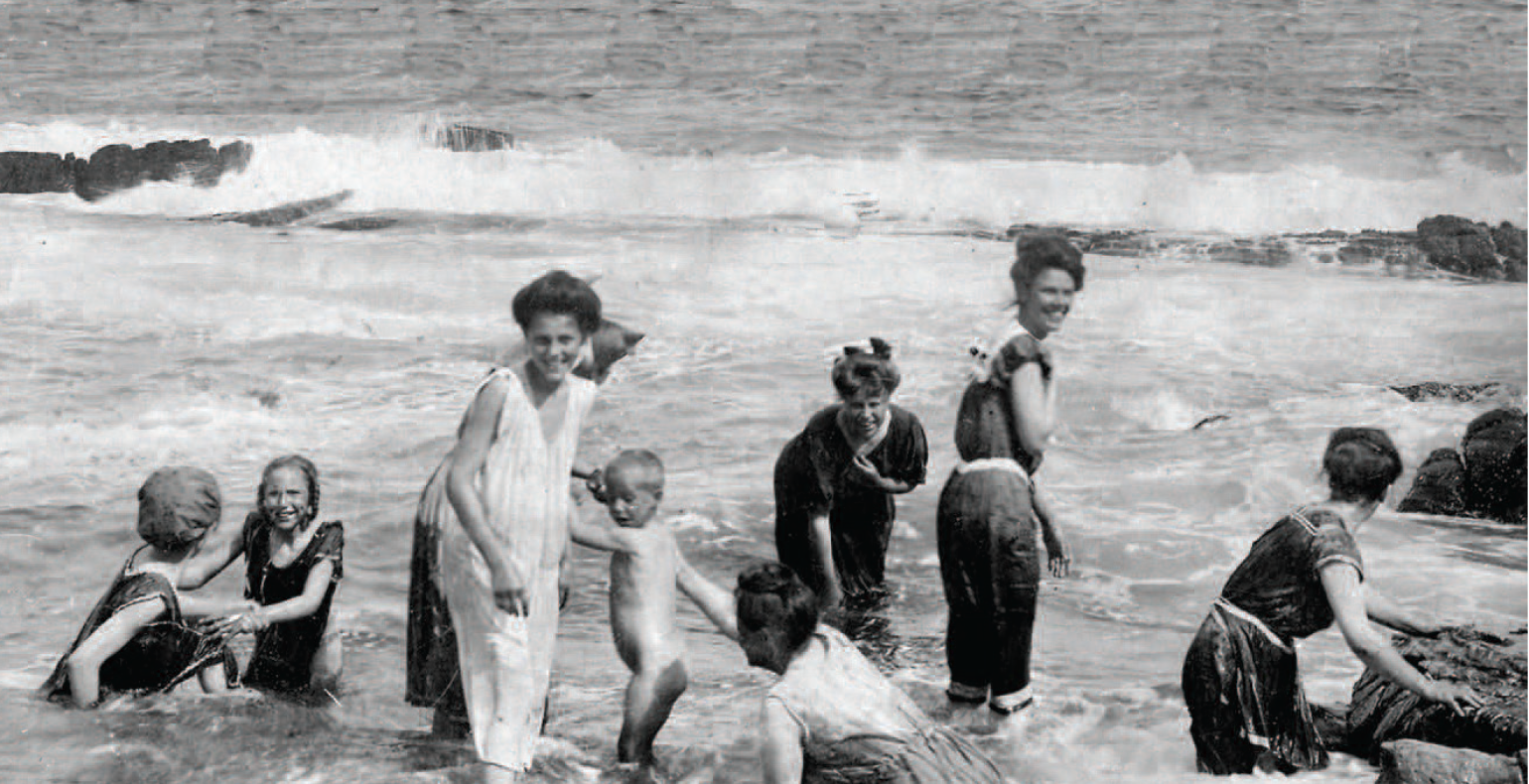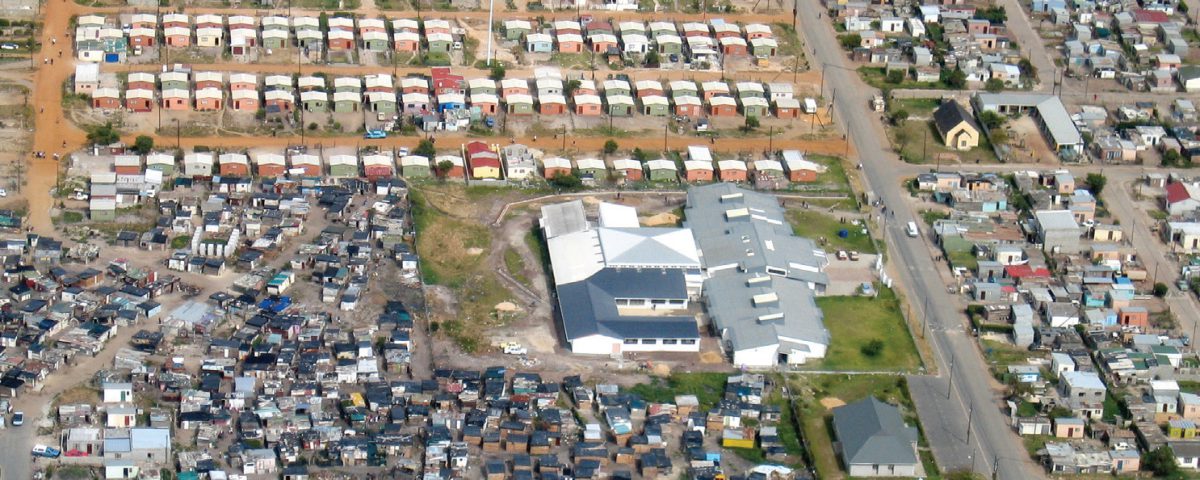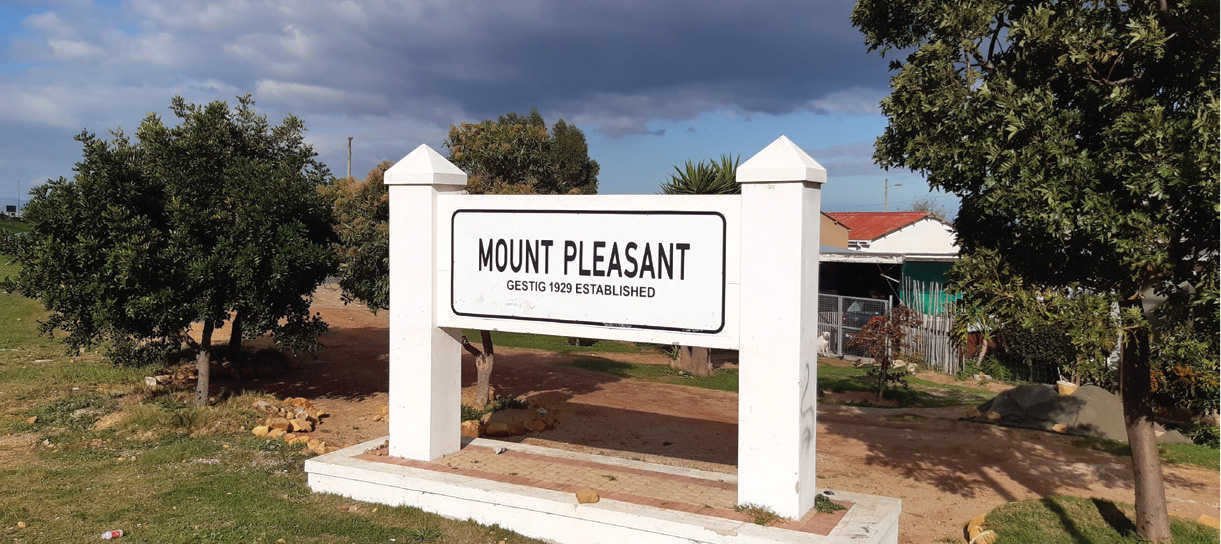
Hermanus Botanical Society – 60 years of private and municipal cooperation
June 9, 2020
The history of ‘beach apartheid’ in the Overstrand
June 23, 2020Like all South African human settlements, Hermanus has been shaped in many ways by apartheid. Through his research into how the Group Areas Act led to the segregation of residential areas and amenities, DR ROBIN LEE presents a picture of what was happening in Hermanus during the 1950s and 1960s. Next week’s follow-up article will deal with ‘beach apartheid’, a very high-profile issue during this period, all along our coastline
I n 1950, the South African Parliament passed three Acts that together became known as the Group Areas Acts (GAAs). These provided the legal framework within which various levels of government were handed the task and given the powers to establish segregated neighbourhoods within their jurisdictions.
Among other responsibilities, local authorities were obliged to register with the Group Areas Board and submit a plan setting out how segregation of ‘population groups’ would be achieved in their area. The segregated areas would effectively be administered by ‘administration boards’, which were given many powers previously exercised by the municipalities.
Much segregation of residential areas and community amenities had taken place before these Acts were passed. Still, the concerted, high-profile move of the National Party government was unprecedented, and opposition started at once. There was extensive newspaper coverage across the country, not least in the two local newspapers, the Overberg Venster and the Hermanus News.
A survey of this coverage has been conducted for the Hermanus History Society by Elizabeth and Blaise Jones. Over 100 articles were identified in a period from the 1930s to 2000 and press coverage of the following legislation was examined: Population Registration Act (1950); Race Classification Act (1950); Group Areas Act (1950); Native Urban Areas Act (1952); and the Reservation of Separate Amenities Act (1953).
At first, these Acts used three terms to refer to the groups to be segregated. These were White, Coloured, and Native. After some years, the term ‘Bantu’ was legally created to replace ‘Native’. Later, Indian/Asiatic areas were declared, and the most significant urban ‘Native areas’ were further subdivided by tribal origin.
The story of the GAA cannot be told without using some of the terms that were introduced by the legislation. I will use these terms as they were used at the time but want to make it clear that I did not accept the terms then and do not now.
A bureaucratic oversight
Hermanus was quickly out of the starting blocks. As early as October 1951, the Town Council approved an application to establish Group Areas in Hermanus. However, fate took a hand, as the municipal officials failed to send the Council’s request to the Group Areas Board. The Council itself seemed to suffer from collective amnesia and failed to follow-up despite a delay of 12 years before sending another application.
The strange situation resulted in Hermanus implementing many measures as a Municipality, rather than through the Group Areas Board in the 1950s. Formal steps under the Group Areas legislation came on stream only from 1963.
On 29 November 1963, the Times of Hermanus (the only Hermanus newspaper at the time) reported that the Town Council had been informed that the application to the Group Areas Board in 1951 had not been sent. As far as the Group Areas Board was concerned, no request had ever been made. The following was published in the Overberg Venster:
The matter (Group Areas registration) having been investigated by the new (Hermanus) Town Council and a new Town Clerk… was discussed at a Council meeting last week and it was unanimously decided the former resolution be re-affirmed and that the necessary application be submitted to the Group Areas Board immediately.
As a result, the GAAs were only implemented officially in Hermanus between 1963 and 1966. But, in 1951, the Town Council did not wait for a reply to its letter.
First Group Areas
Presumably, the Council believed it was acting under the GAA. In the 1950s it declared specific applications of the Acts. Hermanus was immediately declared a ‘White’ Group Area. Forced removals took place soon, affecting coloured individuals living at De Mond, coloured families residing in the central business district, and some, presumably coloured, persons employed as ‘live-in domestic staff’ in the suburbs of Westcliff, Eastcliff and Voëlklip.
Those affected were moved either to Mount Pleasant or to Hawston. Some housing was available in Hawston but was generally agreed to be inadequate. The proposed ‘Native’ group area was identified to the west of the town centre, but no accommodation was available there at the time.
‘Coloured’ access to the ocean was limited to the Hawston beach, and ‘Native’ access to the sea was limited to a stretch of coast at Schulphoek, not precisely defined. The same area was the subject of conflict in 2017 and 2018, showing how many current problems originated from the group areas legislation.
On 6 May 1950, the Council determined that Hawston would become a coloured residential area. They took this decision in the same meeting in which the Overberg Venster reported that the Council ‘deplored’ the living conditions in the suburb. It did not seem to strike the Council that they were simultaneously removing residents to a new group area while deploring the living conditions in the same area.
The mayor (J R Barnard) stated: Hawston is… an entity of Hermanus. The population is growing, and we should aim as a council at helping maintain Hawston as a coloured community.
Mount Pleasant was also identified as a potential coloured area. The press reports do not mention ‘upper’ and ‘lower’ Mount Pleasant. Other sources report that the Council evolved a complicated plan to move coloured residents from upper Mount Pleasant (above the present R43) to Hawston. They would temporarily move natives from various ‘blackspots’ to upper Mount Pleasant and then move them again to Zwelihle once accommodation was available there. I cannot find any evidence that this proposal was implemented.
At the same meeting (6 May 1950), the Council announced that 20 ‘new houses’ had been built in Mount Pleasant and emphasised that these are exactly the same as those (provided) for Europeans… Bath and stove are provided, but water is not laid on. There is, however, a pipeline with taps on every street. Rental for these houses is from £1 to £1 10s monthly.
Central Business District
An interesting light is thrown on local attitudes regarding segregation in the town by an article in the Hermanus News of 28 September 1957. Under the headline New Café for Non-Europeans the report reads:
What was for years a dilapidated old house situated at the corner of High and Dirkie Uys Streets, has just been renovated and improved, and was last week opened as a café for non-Europeans by Mrs I. B. Groenewald. The Municipality has also improved the surroundings by gravelling the sidewalks and laying better drainage.
A long-felt want it seems has been supplied, as hitherto the non-European community have had no café in the central part of Hermanus catering solely for their needs, where they can sit down in comfort and enjoy a cup of tea, coffee, a cold drink, or have a square meal, at a reasonable cost, with their own people.
Judging by the rush experienced last weekend, it appears that Mrs Groenewald’s enterprise in opening the High Street Café will be well justified.
Zwelihle
On 14 June 1958, the Hermanus News reported that: A site for a new Native Location was adopted at the last meeting of the Hermanus Town Council. It is situated just beyond Westcliff, on the western side of the New Harbour, and includes nearly 7000 feet of coastline, now undeveloped, and under bush.
This is the first reference to the site that became Zwelihle. At the time it was claimed that the location would provide “hygienic housing” for 500 – 600 Natives, “including their families”.
Also, a new road will be constructed so that when the Natives are settled there, they will not find it necessary to pass through the European area of Westcliff to go to their employment in the town.
What general impression can be formed from the press coverage of the implementation of these Acts in Hermanus? I get the sense that the Council was a reluctant participant in the formal imposition of segregation in the town – this may explain why no one complained about the delay after the first application to the Group Areas Board.
Popular opinion seems to have favoured formal separation, but the Council responded slowly. Compromises were sought along the way. However, in the longer run, the segregation took place and determines the pattern of settlement to this day


